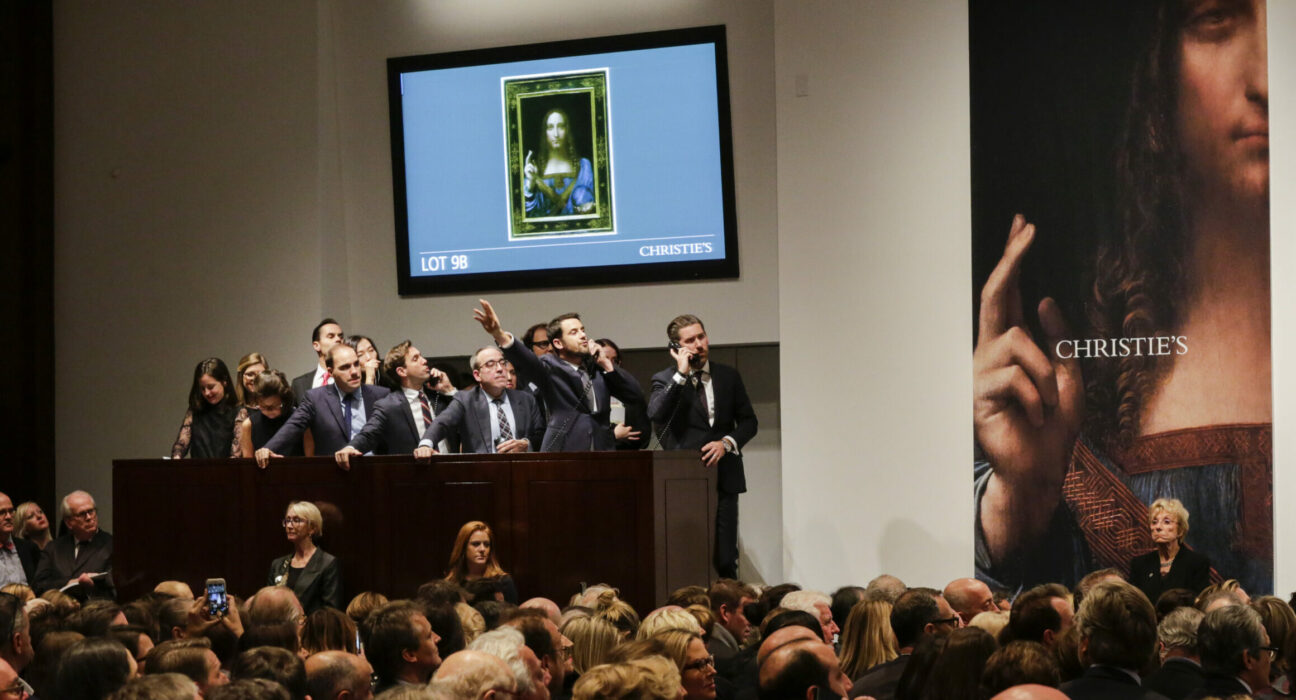It’s not a secret that the art market has been struggling over the past year. Go to any fair and you’ll hear smart collectors and art advisors tell you that primary prices—the fee a gallery will charge a collector for work straight from the artist’s studio—are way too high, especially because paintings by the same artists are often available on the secondary market for much lower (and falling) prices. As a result, much of the art that was most in demand over the last several years is now contributing to a glut of unsold inventory. “The general feeling at the moment,” wrote art advisor Jacob King in his letter to clients capturing the current market dynamic, “is that there are more sellers than buyers and many galleries are struggling to sell works by artists who only recently were in great demand, with long waitlists and frenzied bidding.”
King, who shared his letter with me—he’ll send you a copy, too, if you contact him here—connects the current malaise to the dynamics of the last decade, when buyers came into the art market with what he calls an “investment mindset.” Instead of viewing art as a cultural object to be prized and collected for its meaning, these new collectors—and many older collectors—began to view the art they bought as a transactional asset class, one expected to appreciate over time, and to be sold for a profit.

